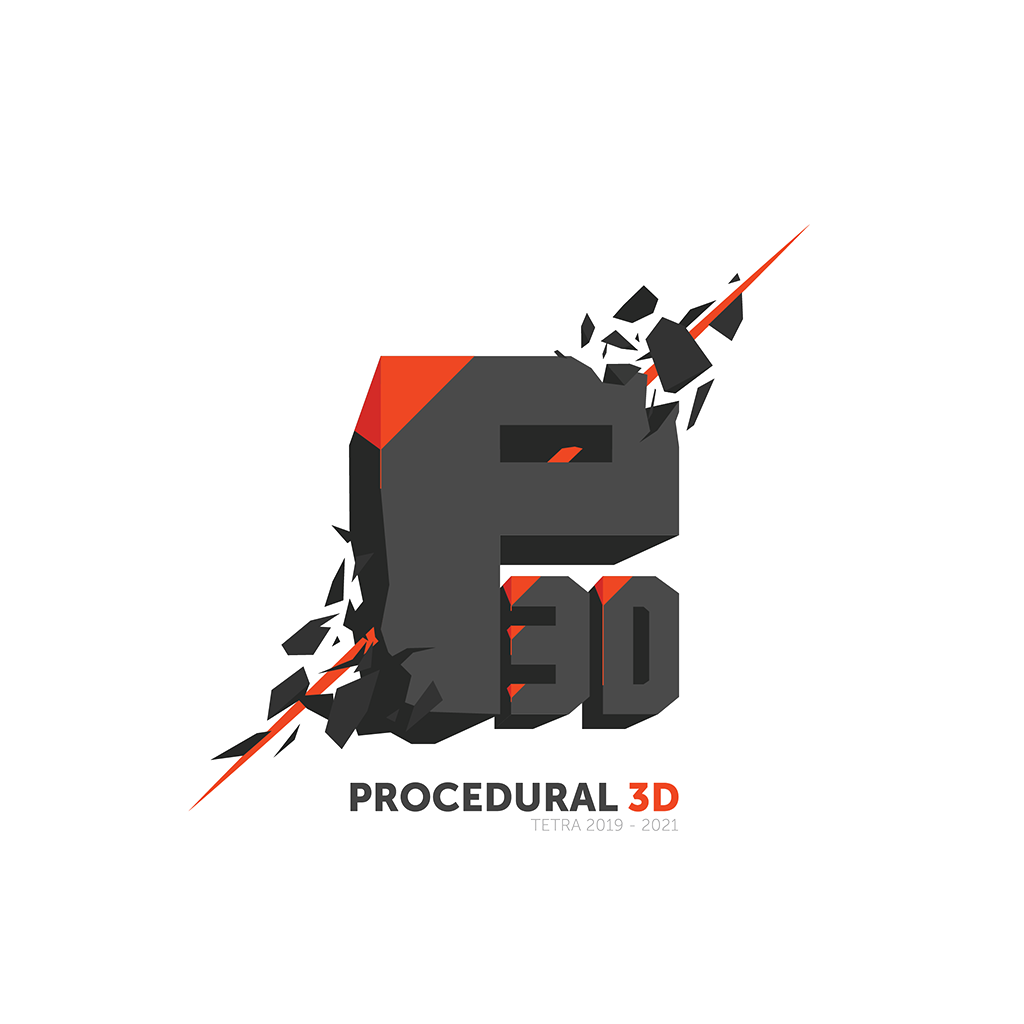There is an overlap between artificial intelligence and procedural generation. An example of this is using machine learning to segment 3D models. The segmented components can be used to create new 3D models consisting of those modular components. This is possible with the help of collections of 3D models that companies build up over the years, in addition to the freely available online collections. In this use case, different methods were tested and implemented to explore their practical possibilities.
The best obtained segmentation was obtained using the Hier Seg method (Li Yi et al.). In addition to segmentation, the method also provides hierarchy of the components, which is useful for recombination. That requires the models to be labeled. The method builds up a structure that is then also assigned to labeled components in the mesh. The labeling and hierarchy of the components are exported from matlab. Then a python script recombines the components into new 3D models.
Component based shape synthesis can be useful to facilitate rapid design exploration and reuse of existing 3D models. There is enormous potential in this technique to expand 3D content libraries or even simply to divide existing models into modular components.
In addition, there is also the possibility to add modular components to the component collections that are drawn up by the AI, which can then be combined in 3D software or even in a game engine.



